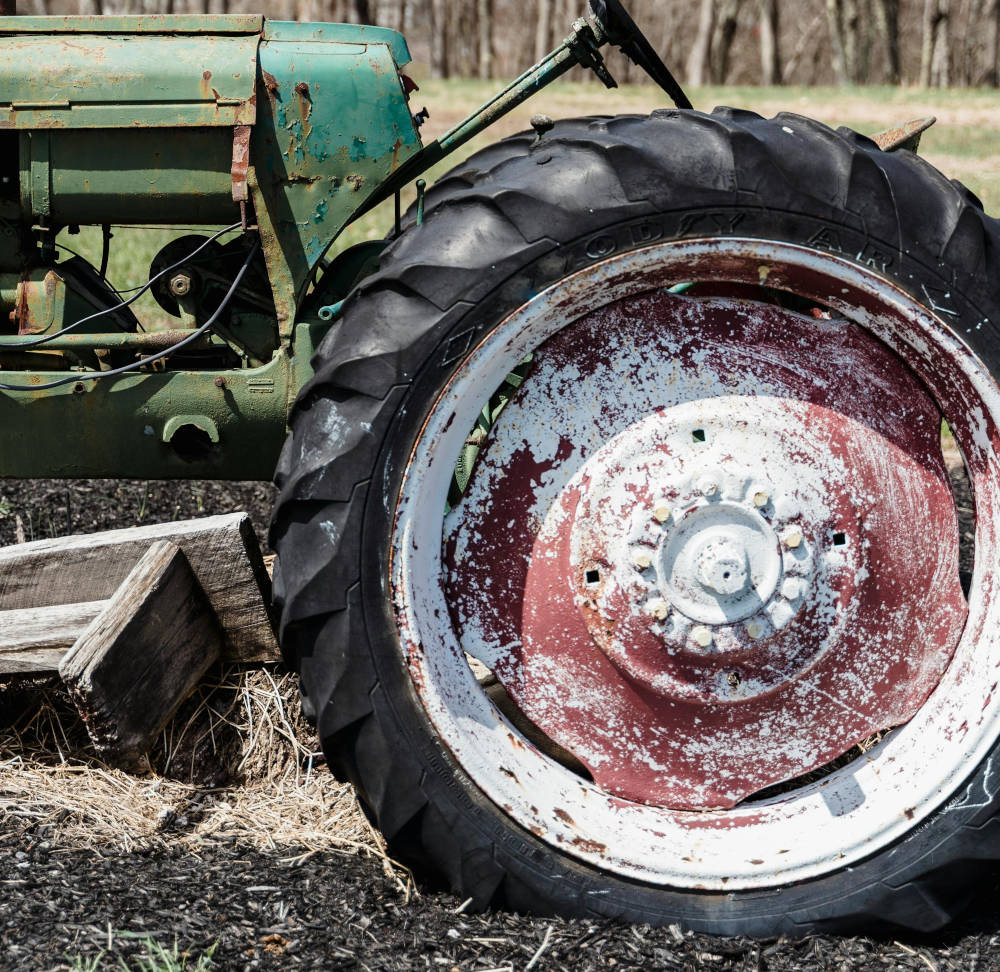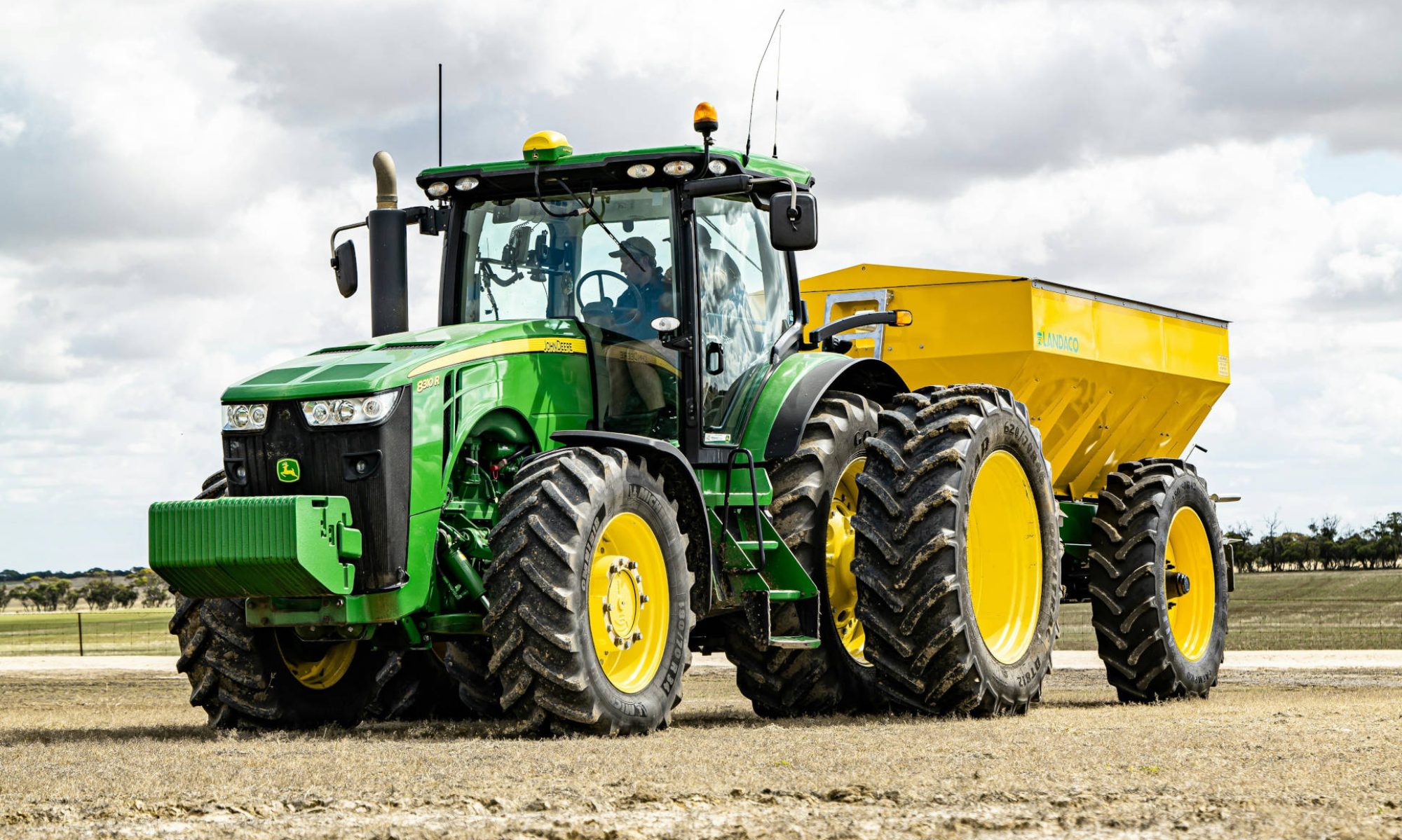Selecting the correct tractor tyre size is paramount to achieving peak performance and efficiency in your agricultural operations. In this guide, we’ll walk you through the steps for determining the right tractor tyre size.
Discovering the Correct Tractor Tyre Size:
- Refer to Your Tractor Manual: To begin, consult your tractor’s manual, which often provides recommendations for the ideal tyre size based on your specific tractor make and model.
- Examine Existing Tyres: Inspect the tyres on the tractor for markings or labels indicating the tyre size. Typically, you’ll find this valuable information on the tyre’s sidewall.
- Assess Your Needs: Take into consideration the agricultural tasks and the type of terrain operated on. Various applications benefit from different tractor tyre sizes, including fieldwork, road travel, and specialised tasks like orchard farming. The correct tyre size should align with each unique requirement.
Deciphering Sidewall Markings for Correct Tractor Tyre Size:
Sidewall markings contain vital information about the tyre’s size, load-carrying capacity, speed rating, and other essential details. Here’s how to interpret these markings:
- Tyre Size: The tyre size is typically presented in a format like “R1 18.4-38.”
- “R1” designates the tyre type (in this case, an agricultural tyre).
- “18.4” represents the tyre’s nominal width in inches.
- “38” signifies the tyre’s nominal diameter in inches.
- Load Index and Ply Rating: Sidewalls also display information about the tyre’s load index and ply rating, usually in a format such as “140A8” or “8PR.”
- The load index (e.g., “140”) indicates the maximum load-carrying capacity of the tyre. Consult a load index chart to understand the specific weight capacity.
- Ply rating (e.g., “8PR”) tells you the number of layers or plies in the tyre’s construction, which correlates with durability and load-carrying capacity.
- Speed Rating: If your tractor sees road use, the tyre may have a speed rating code (e.g., “A8”), indicating the maximum safe speed when properly inflated and loaded.
- Additional Information: Sidewalls may include manufacturer details, model information, and recommended inflation pressure.
Significance of the the right size:
Selecting the right tractor tyre size is critical for several reasons, including:
- Enhanced Performance: The correct tyre size ensures optimal traction and stability, boosting your tractor’s performance in various agricultural settings.
- Safety: Properly sized tyres reduce the risk of accidents, such as rollovers, by maintaining stability and control during operations.
- Efficiency: Matching tyre size to your needs improves fuel efficiency and minimises tyre wear, resulting in cost savings over time.
- Extended Lifespan: Using the appropriate tyre size prolongs tyre lifespan, reducing the frequency of replacements.
It is also important to consider maintenance to ensure Tractor Tyre Lifespan is optimal.
Understanding how to select the correct tractor tyre size is essential for efficient and secure farming practices. By referencing your tractor manual, examining sidewall markings, and considering your specific operational requirements, you can ensure that tractors are equipped with the perfect tyres for optimal performance, longevity, and safety.


